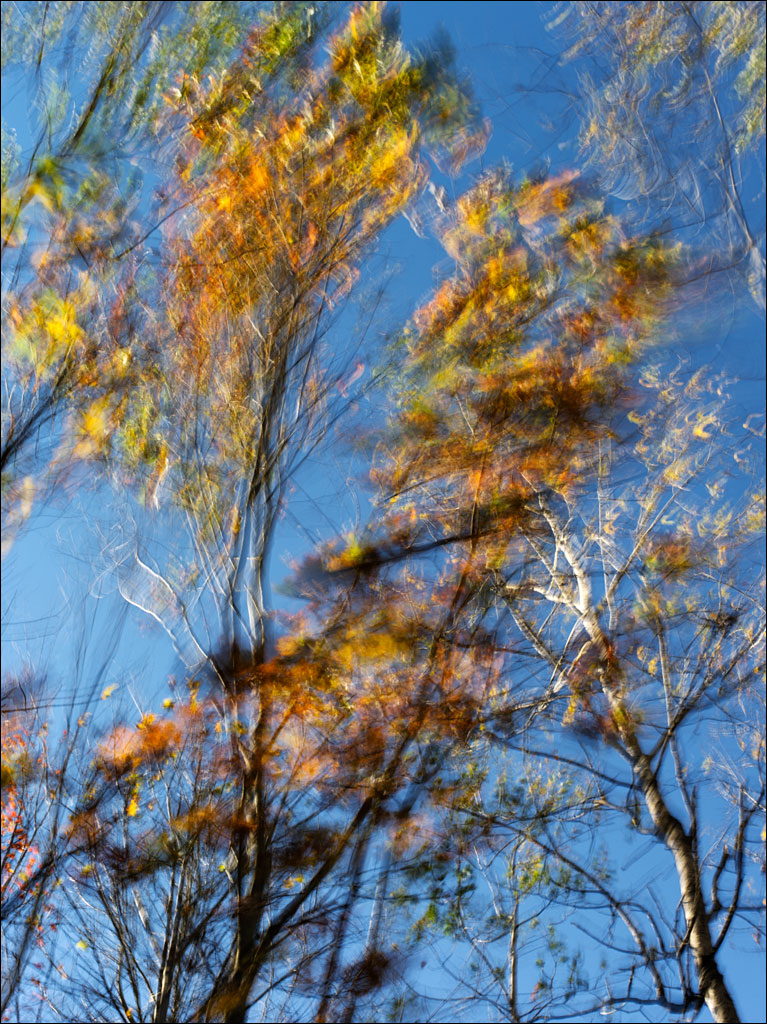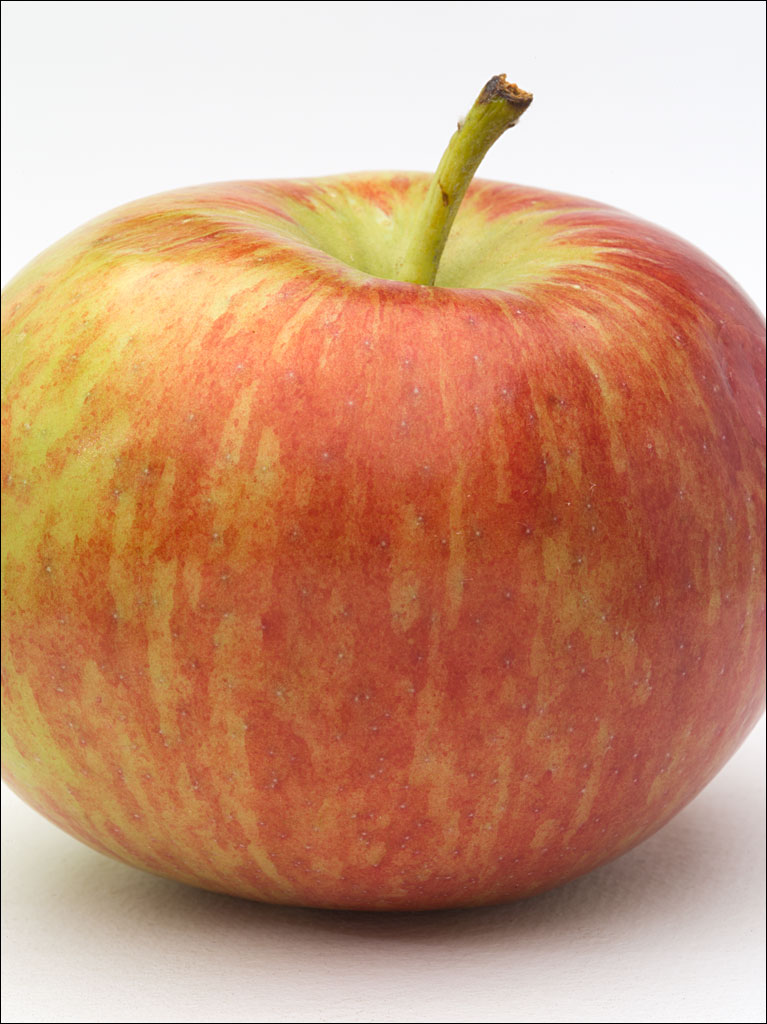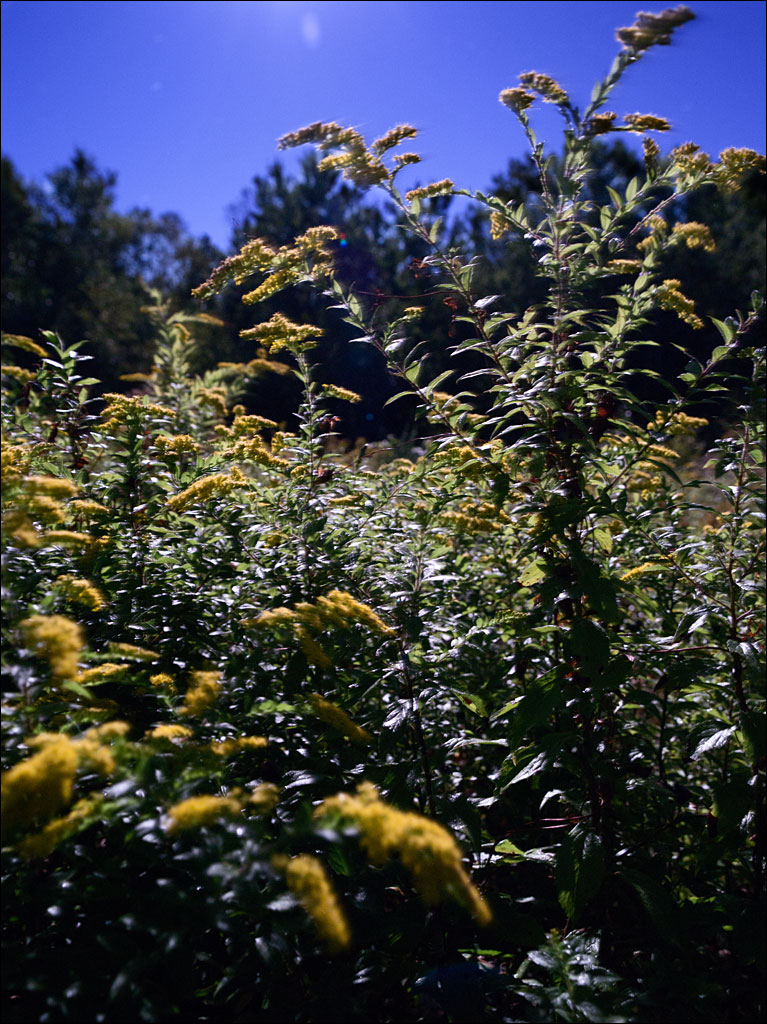 Our forest is passing peak color—leaves are predominantly red or brown and more have fallen than remain. Yesterday was a mix of strong winds and blue skies. Click on the image for a larger view.
Our forest is passing peak color—leaves are predominantly red or brown and more have fallen than remain. Yesterday was a mix of strong winds and blue skies. Click on the image for a larger view.
Category Archives: Life at Home
Phantom in the Woods
 Last Friday, when Naomi and I were going out, I took our dog Hikari outside to put her into the car. On the other side of the driveway, just inside the woods, I heard something walking. I thought it was the neighbor’s cat or dog. I walked to the edge of the woods to shoo it way. But in the twilight, I could not see anything, certainly not a domestic animal. I could hear where it was, but it was completely invisible. Continue reading
Last Friday, when Naomi and I were going out, I took our dog Hikari outside to put her into the car. On the other side of the driveway, just inside the woods, I heard something walking. I thought it was the neighbor’s cat or dog. I walked to the edge of the woods to shoo it way. But in the twilight, I could not see anything, certainly not a domestic animal. I could hear where it was, but it was completely invisible. Continue reading
Cortland—Apples of Maine
 Next to the McIntosh, this might one of the most common apples in America. Not surprisingly, the Cortland is a McIntosh cultivar. It was crossed with a Ben Davis at the New York State Agricultural Experimental Station in Geneva, New York in 1898. The name was taken from the nearby county of Cortland. The flesh is very white with a firm, crisp texture. The flavor is pleasantly tart, which makes it excellent for eating or cooking. Click on the image for a larger view.
Next to the McIntosh, this might one of the most common apples in America. Not surprisingly, the Cortland is a McIntosh cultivar. It was crossed with a Ben Davis at the New York State Agricultural Experimental Station in Geneva, New York in 1898. The name was taken from the nearby county of Cortland. The flesh is very white with a firm, crisp texture. The flavor is pleasantly tart, which makes it excellent for eating or cooking. Click on the image for a larger view.
Duchess of Oldenburg—Apples of Maine
 Duchess of Oldenburg is an old variety originating in 18th-century Russia. It is one of the earliest apples of the season, bearing in mid-August. Most people prefer this as a cooking apple for pies or sauces as it is quite tart—it reminds me of a sour grape. Duchess does not store well. Click on the image for a larger view.
Duchess of Oldenburg is an old variety originating in 18th-century Russia. It is one of the earliest apples of the season, bearing in mid-August. Most people prefer this as a cooking apple for pies or sauces as it is quite tart—it reminds me of a sour grape. Duchess does not store well. Click on the image for a larger view.
The Fall
 With the riot of fall color, comes a melancholy. The vitality of life that burst forth in summer seems to have burnt itself out. The fern that erupted from our forest floor in May, fades back into the soil. Click on the image for a larger view.
With the riot of fall color, comes a melancholy. The vitality of life that burst forth in summer seems to have burnt itself out. The fern that erupted from our forest floor in May, fades back into the soil. Click on the image for a larger view.
Ginger Gold—Apples of Maine
 Ginger Gold is a modern variety grown commercially from the 1980s. Clyde Harvey discovered this apple in 1969 when his Virginian orchard was washed out by Hurricane Camille. It is believed to be a mix of Golden Delicious, Newtown Pipin, and an unknown variety. The apple is named after his wife.
Ginger Gold is a modern variety grown commercially from the 1980s. Clyde Harvey discovered this apple in 1969 when his Virginian orchard was washed out by Hurricane Camille. It is believed to be a mix of Golden Delicious, Newtown Pipin, and an unknown variety. The apple is named after his wife.
Ginger Gold is an early apple that begins to bear in August. The pale green skin is smooth and waxy, and develops a slight red blush when it ripens. The flesh is sweet and rich with a slight hint of lemon. Click on the image for a larger view.
St. Lawrence—Apples of Maine
 The St. Lawrence is an old summer variety thought to have originated in northern New England or Canada. Its appearance is quite striking with dark-red stripes over light green. The white flesh is crisp and light. Very much like a Granny Smith, it is tart with a lemon undertone. The St. Lawrence is a great desert apple, but not a great cooking apple. Like many early apples, this fruit does not store well. Click on the image for a larger view.
The St. Lawrence is an old summer variety thought to have originated in northern New England or Canada. Its appearance is quite striking with dark-red stripes over light green. The white flesh is crisp and light. Very much like a Granny Smith, it is tart with a lemon undertone. The St. Lawrence is a great desert apple, but not a great cooking apple. Like many early apples, this fruit does not store well. Click on the image for a larger view.
Yellow Brandywine—Tomatoes
 This is a big fruit, but not quite as large as its red cousin, the brandwine. The tomato is not juicy, but has a soft flesh that melts in your mouth like firm tofu, only sweeter. A thick slice on handmade bread and covered with freshly ground black pepper makes an excellent sandwich. Click on the image for a larger view.
This is a big fruit, but not quite as large as its red cousin, the brandwine. The tomato is not juicy, but has a soft flesh that melts in your mouth like firm tofu, only sweeter. A thick slice on handmade bread and covered with freshly ground black pepper makes an excellent sandwich. Click on the image for a larger view.
Day’s End
 Yesterday was overcast and rainy. After dinner, I noticed the clouds breaking. I walked out to our field to watch the fading light of the day.
Yesterday was overcast and rainy. After dinner, I noticed the clouds breaking. I walked out to our field to watch the fading light of the day.
These events are fleeting. Clouds from the valley climbed the ridge and would obscure the view a few minutes after this image was taken—you can see those clouds just above the trees. And while we imagine the vivid color of the clouds would show some tenacity, that color can drain from the sky in seconds. Click on the image for a larger view.

